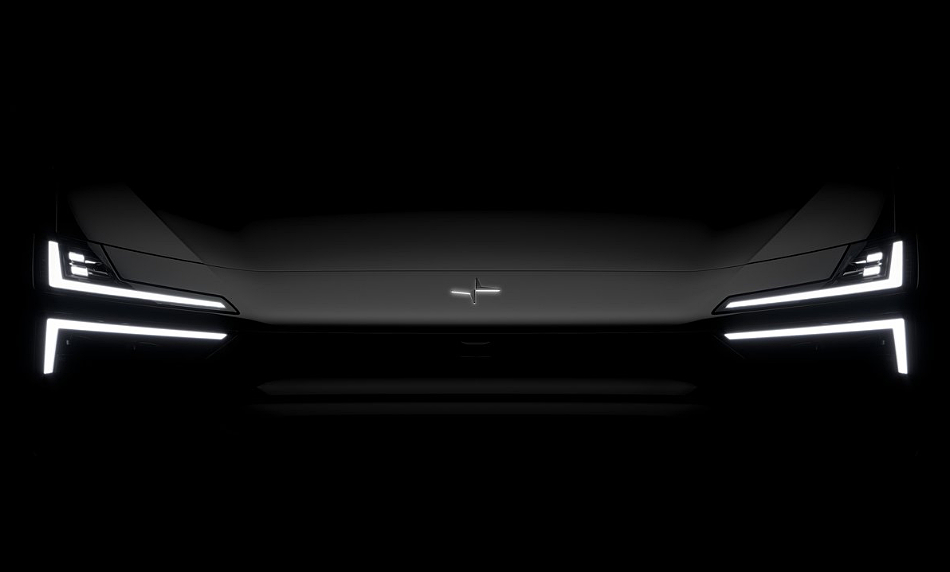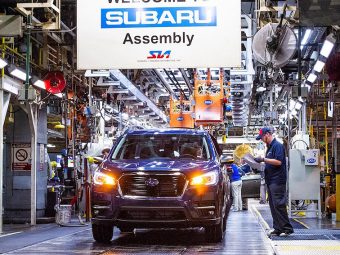As the automotive industry shifts towards the era of pure electric vehicles, numerous EV companies will arise and inevitably some will falter, facing bankruptcy. Volvo Polestar seems to be among the first on a list of EV manufacturers teetering on the brink of extinction. However, like all species, whether animate or inanimate, there remains a window of opportunity to adapt and endure the challenges that threaten extinction. So, what factors contribute to Volvo Polestar’s precarious position?
Last week Volvo Polestar announced it was cutting a sizeable 15 percent of its workforce due to weak demand. The Swedish electric vehicle manufacturer has faced challenges in capturing market share amidst an economic downturn and decelerating EV sales. Polestar fell slightly short of its target, delivering 54,600 vehicles last year, just below its anticipated goal of approximately 60,000 units.
According to multiple industry analysts sources, Volvo Polestar increased sales in Europe 12 percent to 36,027. Numerous automakers have cautioned about the slower-than-expected growth in the electric vehicle (EV) sector, citing factors such as weak demand, substantial price reductions, reduced subsidies, and supply chain disruptions.
European orders for the Polestar 4 are set to commence at the end of January, with production of the Polestar 3 slated to begin early this year following delays attributed to software issues. In November, Polestar adjusted its delivery forecasts with the objective of achieving cash flow neutrality by 2025 and diminishing its dependency on external funding from major stakeholders Volvo Cars and Geely.








